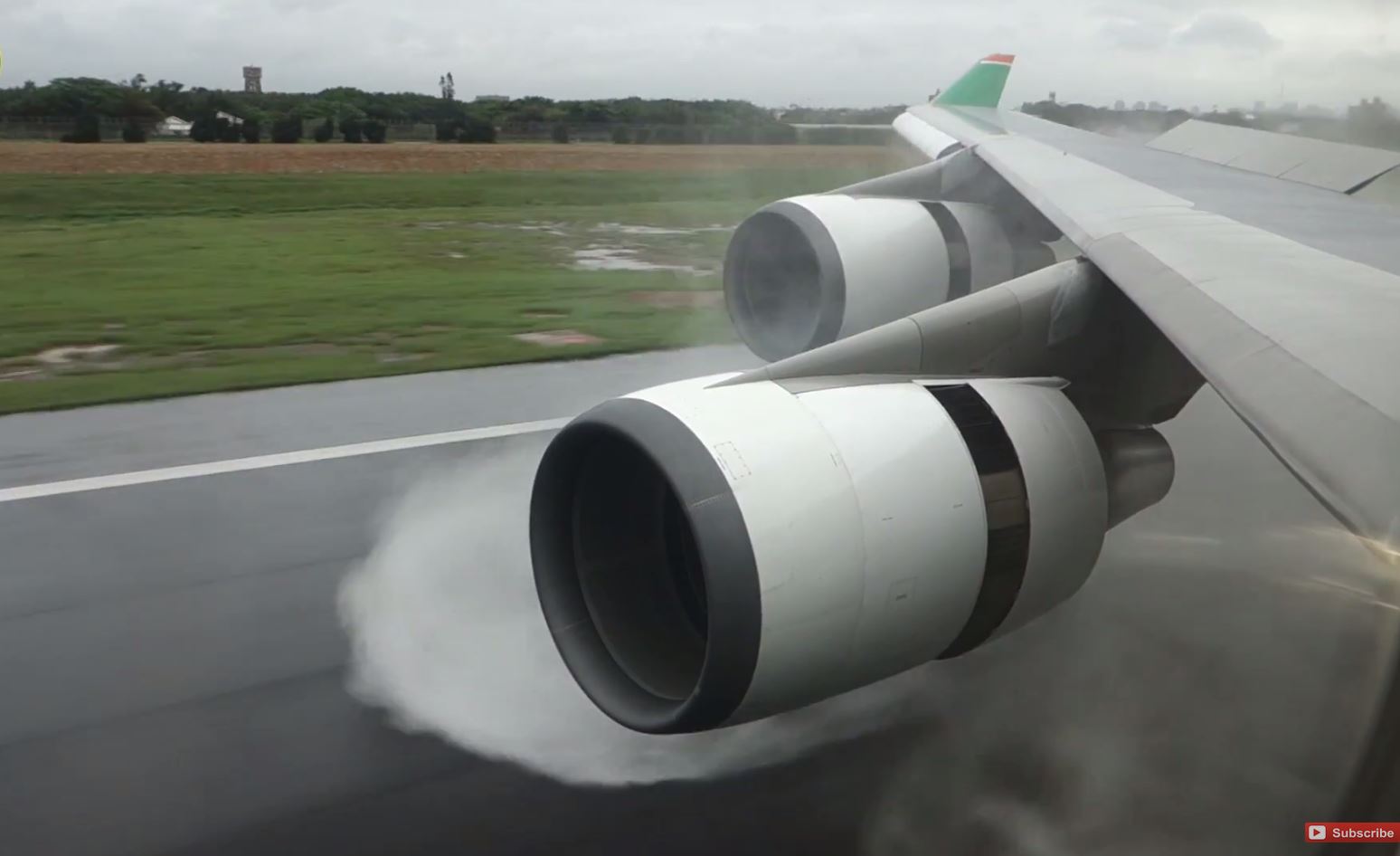The Boeing 747-400 is a major development and the best-selling model of the Boeing 747 family of jet airliners.
While retaining the four-engine wide-body layout of its predecessors, the 747-400 embodies numerous technological and structural changes to produce a more efficient airframe.
Its most distinguishing features versus preceding 747 models are 6-foot (1.8 m) winglets mounted on 6-foot (1.8 m) wing tip extensions, which are found on all 747-400s except for Japanese domestic market versions.
The 747-400 is equipped with a two-crew glass cockpit, which dispenses with the need for a flight engineer, along with more fuel-efficient engines, an optional fuel tank in the horizontal stabilizer, and revised fuselage/wing fairings.
The aircraft also features an all-new interior with upgraded in-flight entertainment architecture. As on the 747-300, passenger variants include a stretched upper deck as standard.
The model has a maximum capacity of 660 passengers with the 747-400D variant, and can fly non-stop for up to 7,670 nautical miles (14,200 km) with maximum payload, depending on model.
Northwest Airlines first placed the 747-400 in commercial service in February 9, 1989. The 747-400 was produced in passenger (−400), freighter (−400F), combi (−400M), domestic (−400D), extended range passenger (−400ER) and extended range freighter (−400ERF) versions. The last 747−400, a -400ERF, was delivered in 2009. The 747-400 is the second-most recent version of the Boeing 747 family, having been superseded by the improved Boeing 747-8.
Thrust reversal, also called reverse thrust, is the temporary diversion of an aircraft engine’s exhaust so that it is directed forward, rather than backwards. Reverse thrust acts against the forward travel of the aircraft, providing deceleration.
Thrust reverser systems are featured on many jet aircraft to help slow down just after touch-down, reducing wear on the brakes and enabling shorter landing distances.
Such devices affect the aircraft significantly and are considered important for safe operations by airlines. There have been accidents involving thrust reversal systems.
Reverse thrust is also available on many propeller-driven aircraft through reversing the controllable-pitch propellers to a negative angle. The equivalent concept for a ship is called astern propulsion.

